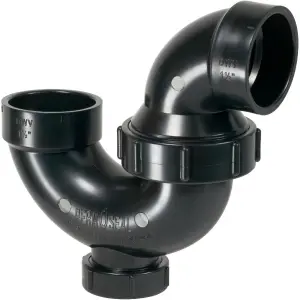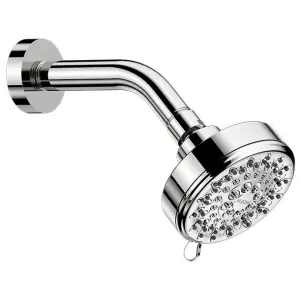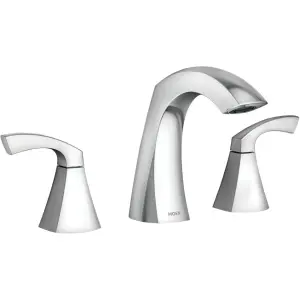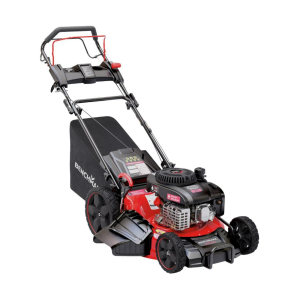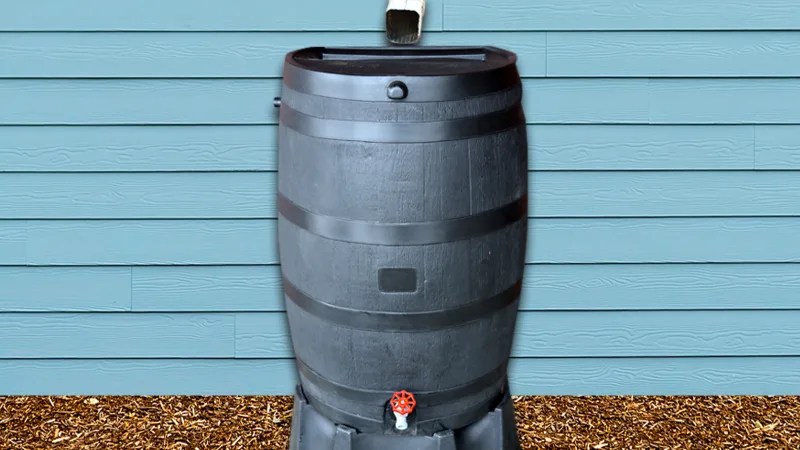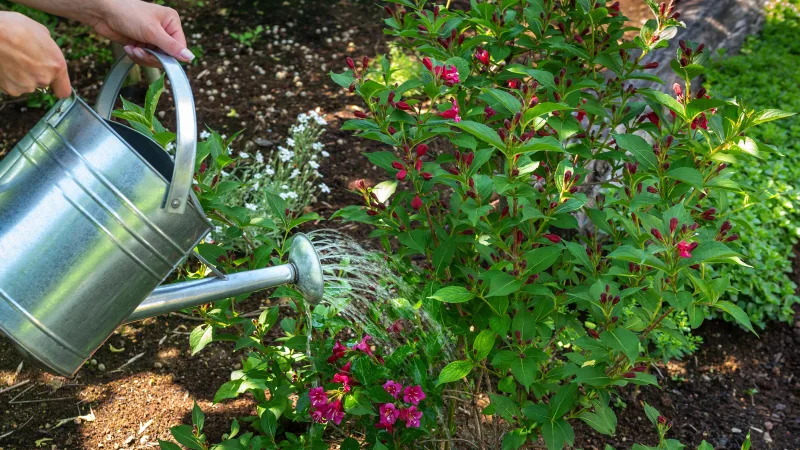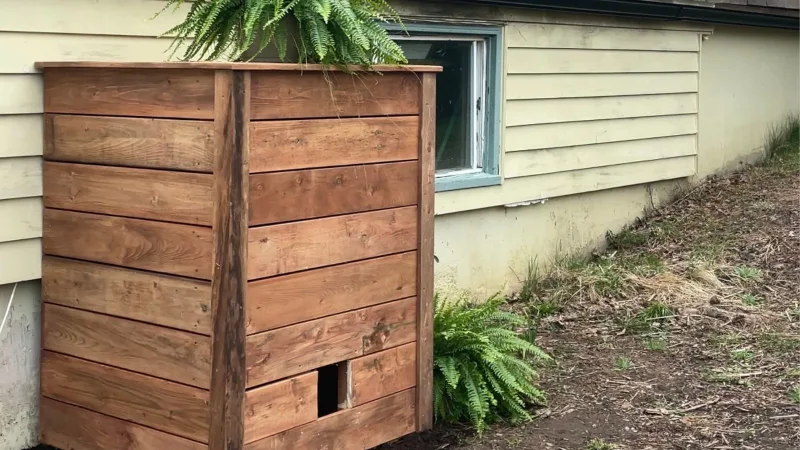Here's How to Prepare Your Home for Drought
Drought is difficult to predict. It is slow to develop, cumulative and long-lasting.
Drought is defined as an extended period of time when there is a shortage of rain, resulting in adverse effects on people, animals and vegetation (including crops). Drought prevention strategies include water conservation for your home and property. Here’s how to plan around this difficult-to-plan-for event.

Damage Prevention
A good damage prevention strategy to prepare for drought conditions includes planning and emergency preparedness.
Long-Term Planning
Preparing for a drought includes home improvements to conserve water and energy, as well as outdoor improvements to make your property more drought-tolerant. Most of these updates and upgrades are simple DIY tasks that you can tackle before your community implements water restriction measures.


TIP: You don’t have to tackle your drought action list all at once. Prioritize upgrades based on need and budget.
Home Protection Products
Update your home with water- and energy-conserving products that can help you prepare for drought, while saving on utility costs, too.
TIP: Creating a drought-tolerant garden is easier than you may think. Native plants, shrubs and trees are well-suited to local environments and require less maintenance and water to thrive.
Look for ENERGY STAR and WaterSense-certified products to maximize efficiency.
Emergency Preparedness
What to Do during Water Restrictions
Local authorities may implement water conservation measures during periods of drought. These are good practices to follow even when there isn’t a drought. Here’s what you should be prepared for.

TIP: Follow drought conditions nationally and in your region with updated news from the federal government on the Canadian Drought Monitor.
Water Savers
Here’s How Much Water You Can Save with Three Easy Fixes
Little changes can make a big impact in your household’s ability to conserve water. Here are three easy updates you can do this weekend.



TIP: Worried you’ll lose water pressure by switching to a low-flow showerhead? Don’t be. Today’s ultra-efficient showerheads combine air flow and small apertures for uncompromising water pressure and performance.
Damage Prevention
A good damage prevention strategy to prepare for drought conditions includes planning and emergency preparedness.
Long-Term Planning
Preparing for a drought includes home improvements to conserve water and energy, as well as outdoor improvements to make your property more drought-tolerant. Most of these updates and upgrades are simple DIY tasks that you can tackle before your community implements water restriction measures.


TIP: You don’t have to tackle your drought action list all at once. Prioritize upgrades based on need and budget.
Home Protection Products
Update your home with water- and energy-conserving products that can help you prepare for drought, while saving on utility costs, too.
TIP: Creating a drought-tolerant garden is easier than you may think. Native plants, shrubs and trees are well-suited to local environments and require less maintenance and water to thrive.
Look for ENERGY STAR and WaterSense-certified products to maximize efficiency.
Emergency Preparedness
What to Do during Water Restrictions
Local authorities may implement water conservation measures during periods of drought. These are good practices to follow even when there isn’t a drought. Here’s what you should be prepared for.

TIP: Follow drought conditions nationally and in your region with updated news from the federal government on the Canadian Drought Monitor.
Water Savers
Here’s How Much Water You Can Save with Three Easy Fixes
Little changes can make a big impact in your household’s ability to conserve water. Here are three easy updates you can do this weekend.



TIP: Worried you’ll lose water pressure by switching to a low-flow showerhead? Don’t be. Today’s ultra-efficient showerheads combine air flow and small apertures for uncompromising water pressure and performance.
Damage Cleanup
Most homes won’t suffer excessive damage from a drought, even an extended one. Cleanup is typically just that: cleaning up outdoors, rather than doing major repairs. Here’s how to get started.
Inspect Your Home for the Effects of Drought
Here’s What to Do after a Drought
Most homeowners won’t be severely impacted by drought (the exception being Canadians whose livelihoods are in the agricultural sector). Here’s an action list for what to do after a period of drought.

TIP: Prioritize implementing the water conservation measures discussed in the prevention section of this guide to conserve more water and help cope with the next drought.
Home Repair Products
Tidy up your property after a drought. Your lawn and garden will probably require grooming and watering, and now’s a good time to plan ahead for future drought conditions.
TIP: Compost and mulch will help your garden retain moisture. Buy a backyard composter to cut your household waste and feed your plants for free.
Here’s How to Replace a Showerhead
The average household can save about 11,000 litres of water per year by switching to a low-flow WaterSense-certified showerhead. Here’s how to do this easy DIY job.

